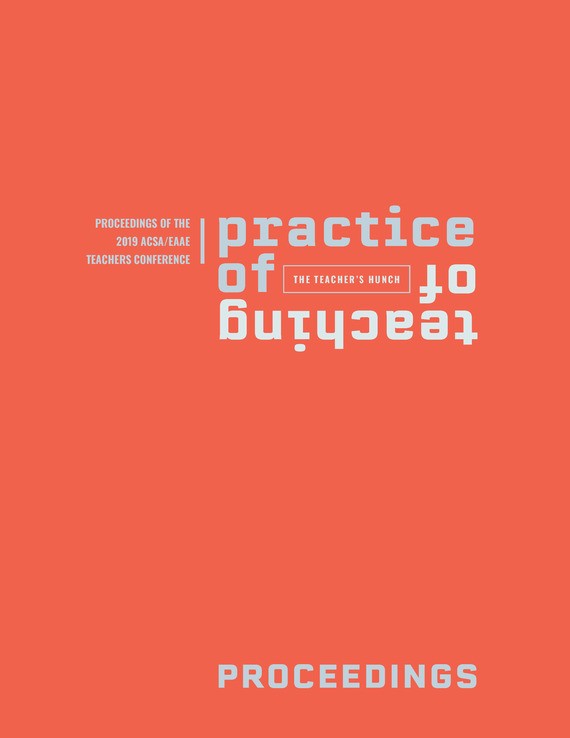Author(s): Carla Aramouny
When teaching design and architecture in oscillation between practice and academia, we are inescapably bound by questions of context; our environment reflects greatly on us and our perception and forms the basis of our design approach and rhetoric. In teaching, we attempt to engage students in reflecting on, observing and rethinking their contexts. We push them to reflect on new potentials, to re-imagine what is usually widely established. We allow them to create opportunities for new perspectives, and to ponder upon the potential of “other” possibilities that may exist. In Lebanon, a country with end-less problems and infrastructural deterioration, such questioning is unavoidable and becomes crucial to pursue at an academic level, where reality and practice fail to proceed. The academic endeavor takes on the role of the provocateur, the advocator for change, projecting forward with a new imaginary. On the other hand, drawing, architecture’s most powerful medium, has resurged today as an essential thinking tool, able to convey ideas and suggest aspirations. Its role has progressed beyond the limits of representation, becoming fundamental for reflection, conceptualization and advocacy. Its power lies in its recurrent ability to convey meaning visually, which is universally understood.My teaching trajectories try to bring these two together: Drawing and reimagining context. This is especially distilled in a seminar course I teach at the American University of Beirut, titled “Micro/ Macro Infrastructures” that builds upon the potential of architecture representation with speculative proposals for local infrastructural systems, presented through the medium of a pamphlet and articulated to advocate for change through design.
https://doi.org/10.35483/ACSA.Teach.2019.31
Volume Editors
Richard Blythe & Johan De Walsche
ISBN
978-1-944214-23-4

 Study Architecture
Study Architecture  ProPEL
ProPEL 
